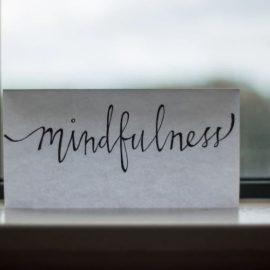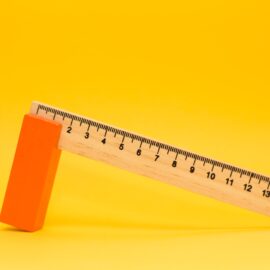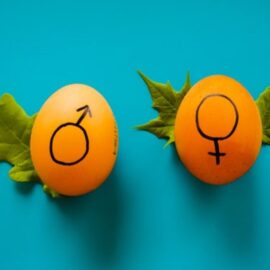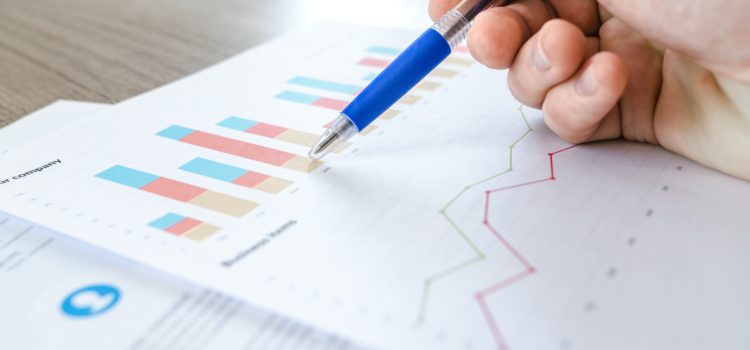
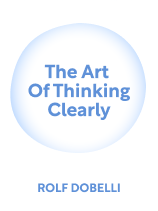
This article is an excerpt from the Shortform book guide to "The Art of Thinking Clearly" by Rolf Dobelli. Shortform has the world's best summaries and analyses of books you should be reading.
Like this article? Sign up for a free trial here .
What is self-selection bias? How does self-selection bias influence research findings?
Sample selection bias is a common issue in psychological studies that involve statistical analysis. Specifically, people only join studies they’re comfortable responding to, which alters your data. Those who might provide embarrassing or somehow “undesirable” responses simply won’t take part, narrowing your study’s scope and skewing the results.
Here’s how sample selection bias skews research results and how to work around it.
Self-Selection Bias
In statistics, self-selection or sample selection bias is where participants in a research study self-select themselves by choosing to participate, creating a biased sample.
Say, for example, a school does a survey on alcohol and drug use. Only students who are comfortable discussing their usage will respond. Students who use alcohol and drugs more are less likely to participate either out of fear of penalization or because they’re ashamed of their usage. This means your results will skew toward lower alcohol and drug usage and not reflect the true usage at the school.
Working Around Self-Selection Bias
How can you avoid self-selection bias? Dobelli doesn’t say, but others say the only way to completely eliminate self-selection bias is studying people who don’t know they’re being studied. However, uninformed research is unethical. Both the U.S. Food and Drug Administration and the American Psychological Association require researchers to receive informed consent from all study participants.
However, you can limit self-selection bias. Most studies do this by collecting demographic information: Researchers look for patterns in the demographics of people who chose to participate, and alter how they weigh the responses to reduce self-selection bias. Specifically, they give greater weight to results from those less likely to self-select, and lesser weight to results from those likely to self-select.
Returning to our earlier example, if you notice that many A- and B-students respond to your survey, reporting low drug and alcohol use, but only a few C- and D-students respond, reporting higher drug and alcohol use, you might weigh those C- and D-student responses more heavily than the A- and B-student responses. The C- and D-students would be less likely to self-select and participate in the study due to shame around their grades and substance use. Weighing the responses of those that do respond more highly will counteract the impact of this lack of self-selection.

———End of Preview———
Like what you just read? Read the rest of the world's best book summary and analysis of Rolf Dobelli's "The Art of Thinking Clearly" at Shortform .
Here's what you'll find in our full The Art of Thinking Clearly summary :
- A detailed look at the most common logical fallacies that inhibit decision-making
- How to recognize and overcome these fallacies to make better decisions
- Why you value things for arbitrary reasons

